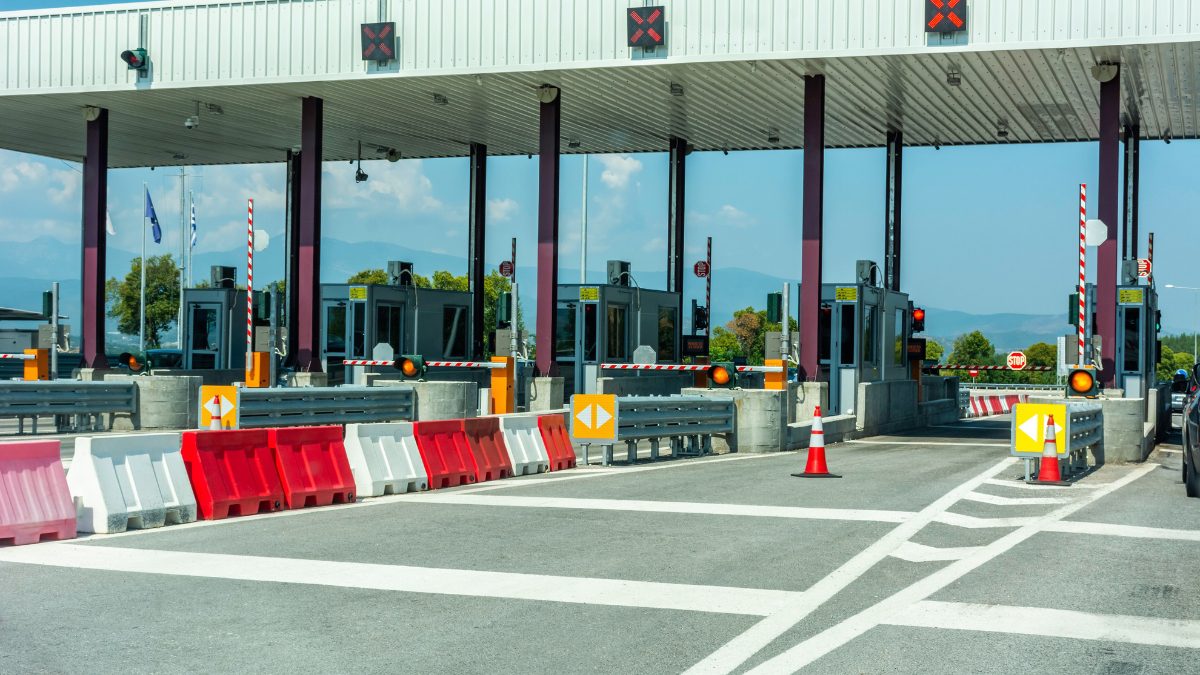Recently, an ancient Roman mosaic was discovered by the Campi Flegrei Archaeological Park in January 2023. This mosaic, which was known as the ‘Mosaic of waves’ owing to the wave-like patterns on it, was initially discovered 40 years ago. However, owing to the sediment changes in the seabed, its location was lost. That was until January of this year when it was rediscovered. Currently, underwater archaeologists are attempting to restore this distinctive mosaic.
Submerged Roman Mosaic With Wave Motifs Rediscovered In Italy

The mosaic is said to have been a part of the ancient Roman town of Baiae. According to an article published by the Heritage Daily, the mosaic could have been a part of a high-status building. The location of the building is said to have been in the Portus Julius part of Baiae.
The submerged mosaic is certainly a remarkable discovery. However, it has also been impinged upon and deteriorated owing to various aquatic elements. Hence, a team of underwater archaeologists from the CSR Restauro Beni Culturali are currently working on restoring the mosaic.
They are engaged in activities like removing incrustations on the mosaic as well as repainting some of the tiles. The mosaic features a pattern of waves along with pink and black mosaic blocks. This design is featured on a white background. Once the restoration is completed, it will be an underwater attraction.
Also Read: Archaeologists Discover 417 Ancient Mayan Cities Interconnected By Superhighways In A Remote Jungle
About The Ancient Roman Town Of Baiae
View this post on Instagram
Baiae was an ancient Roman town that, as per experts, was a hub for hedonism. It was a resort that was frequented by the wealthy and upper-class people for centuries. Owing to its position in the Cumaean Peninsula, part of this town was submerged in the sea because of volcanic and bradyseismic activities.
Bradyseism is when part of the Earth’s surface descends or is lifted due to the emptying of magma chambers underground. Baiae is even referenced in the works of the Augustan-age poet Sextus Propertius. He called Baiae a “vortex of luxury” and a “harbour of vice.” It seems that Baiae was the Las Vegas of the Augustan age.
Also Read: German Archaeologists Accidently Discovered 2300-Year-Old Scissors & Sword At A Celtic Grave!
What do you think about this remarkable discovery by the underwater archaeologists? Let us know in the comments below!
Cover Image Credits: Parco Archeologico Campi Flegrei and NAUMACOS
First Published: June 06, 2023 2:03 PM



